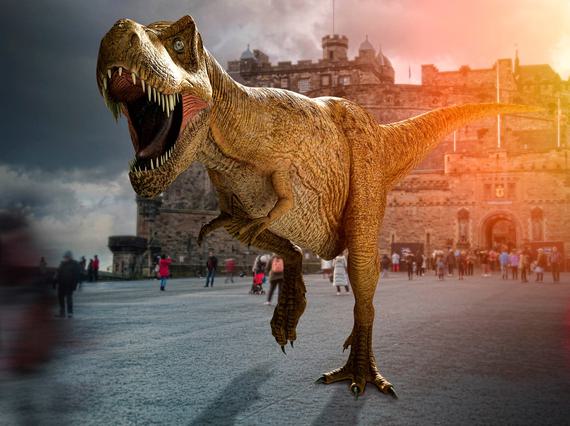
About Tyrannosaurs
Tyrannosaurs explored the most feared and revered of all dinosaurs, bringing the latest palaeontological discoveries to life and challenging preconceptions about these ferocious predators.
While the most famous of the species is the mighty T. rex, tyrannosaurs came in all shapes and sizes, and their history extends over 100 million years. The exhibition featured extremely rare fossil specimens, cast skeletons – including one of ‘Scotty’, one of the largest and most complete T. rex skeletons in the world – and incredible models of feathered dinosaurs. Visitors explored the diversity of tyrannosaur skulls and found out what variations in structure can tell us about different hunting and feeding strategies.
Tyrannosaurs used cutting-edge technology, including hands-on and multimedia experiences and an interactive augmented reality experience where visitors could play with life-sized dinosaurs in the gallery.
Despite their final demise during one of Earth’s biggest mass extinction events, tyrannosaurs live on both in popular imagination and even through to their present-day bird cousins.
Tyrannosaur research is one of the hottest areas in palaeontology – several species have been described in just the past decade – and exciting new discoveries are regularly re-drawing the family tree.
'Jurassic thrills which will have kids gasping in the greatest amazement, and which are bound to make it a guaranteed hit.'
The List
'Fascinating'
Herald Scotland
'Roarsome, jawsome, awesome!'
Primary Times
Inside the exhibition
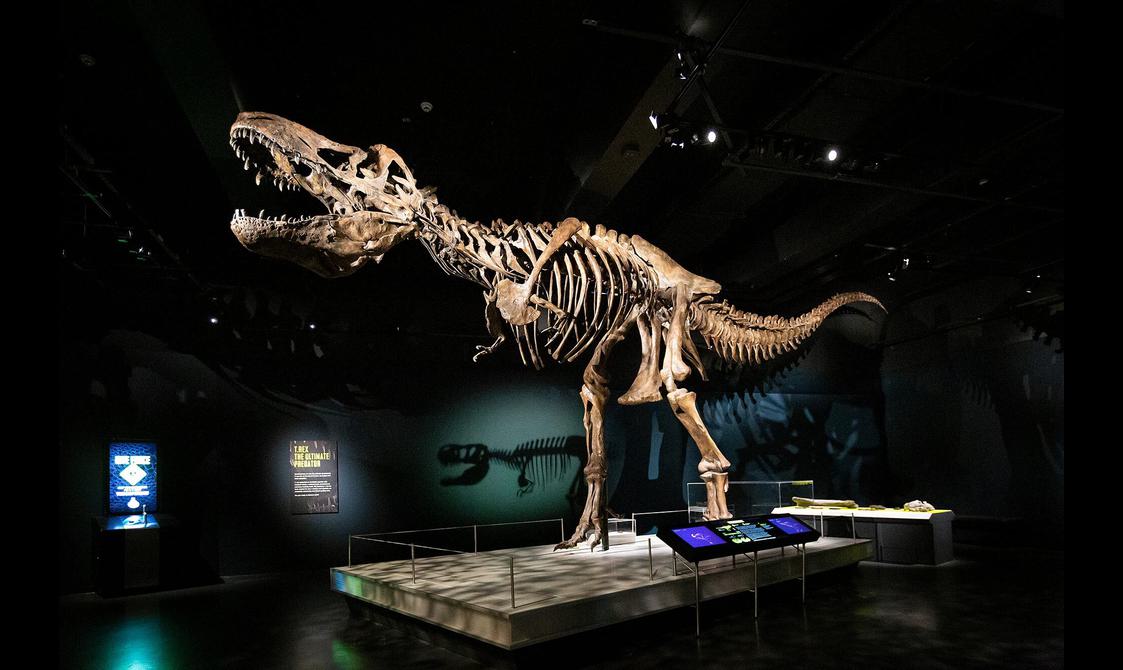
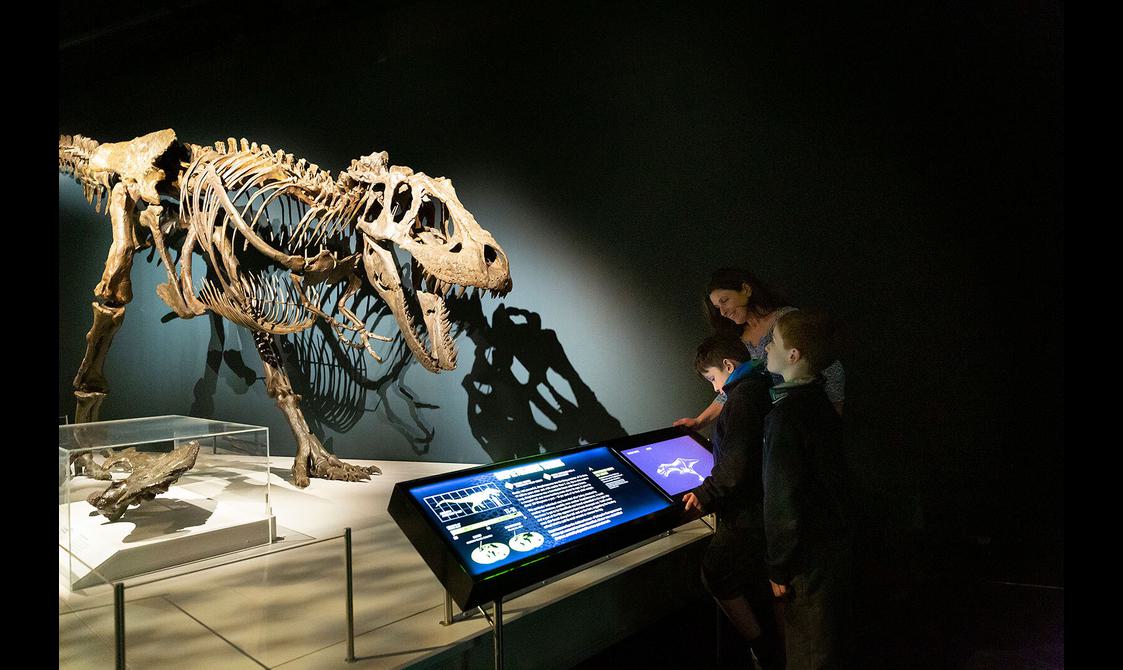

Behind the scenes
Take a look behind the scenes and watch the construction of Scotty the T. rex.
Visitor views
Created by the Australian Museum and toured internationally by Flying Fish
Supported by players of People’s Postcode Lottery
You might also like
- Discover
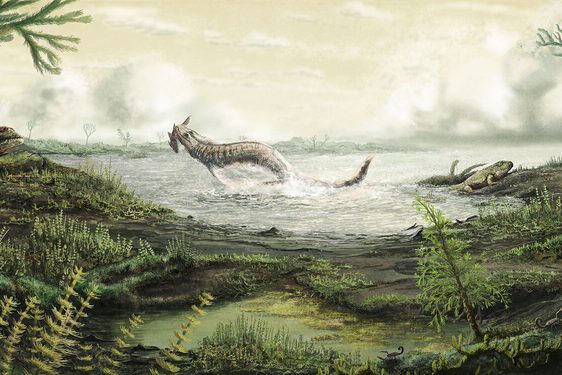
The mysterious 15 million year gap in our evolution
If the first four-legged animals had never emerged from water onto land, our world today would not exist. Yet how did this great step happen? For decades, scientists didn’t know. Now, the mystery is finally being solved – and fossils…Keep reading - Discover
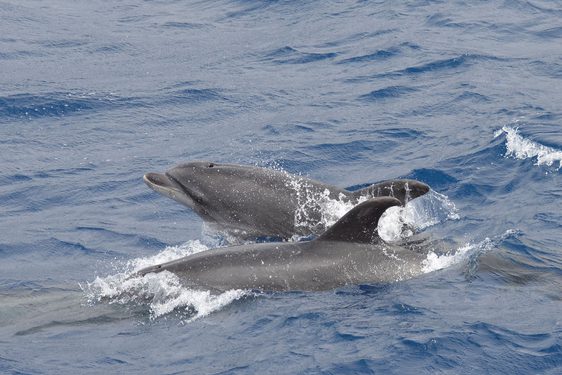
Collecting marine mammals
Our natural sciences collection includes an internationally significant collection of marine mammals. In this post, Curatorial Preparator Georg Hantke explores how that collection continues to grow and how it informs new understanding of…Keep reading - Discover
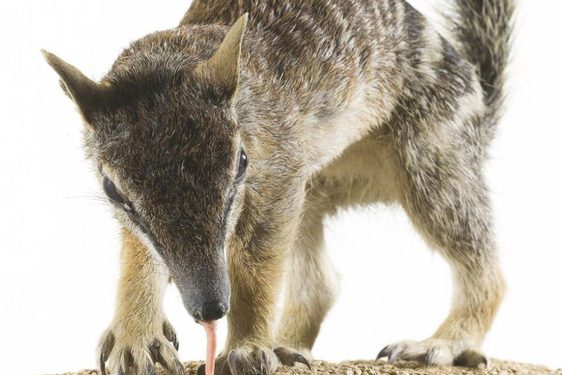
Where do taxidermy animals come from?
If you’ve ever visited the Natural World galleries at the National Museum of Scotland, you will be no stranger to animal taxidermy. From echidnas to elephants, voles to vampire bats, it’s quite the spectacle. But have you ever wondered…Keep reading

